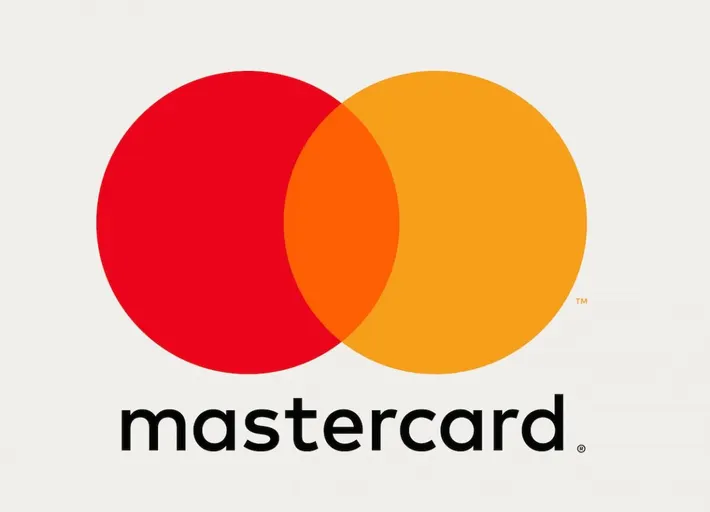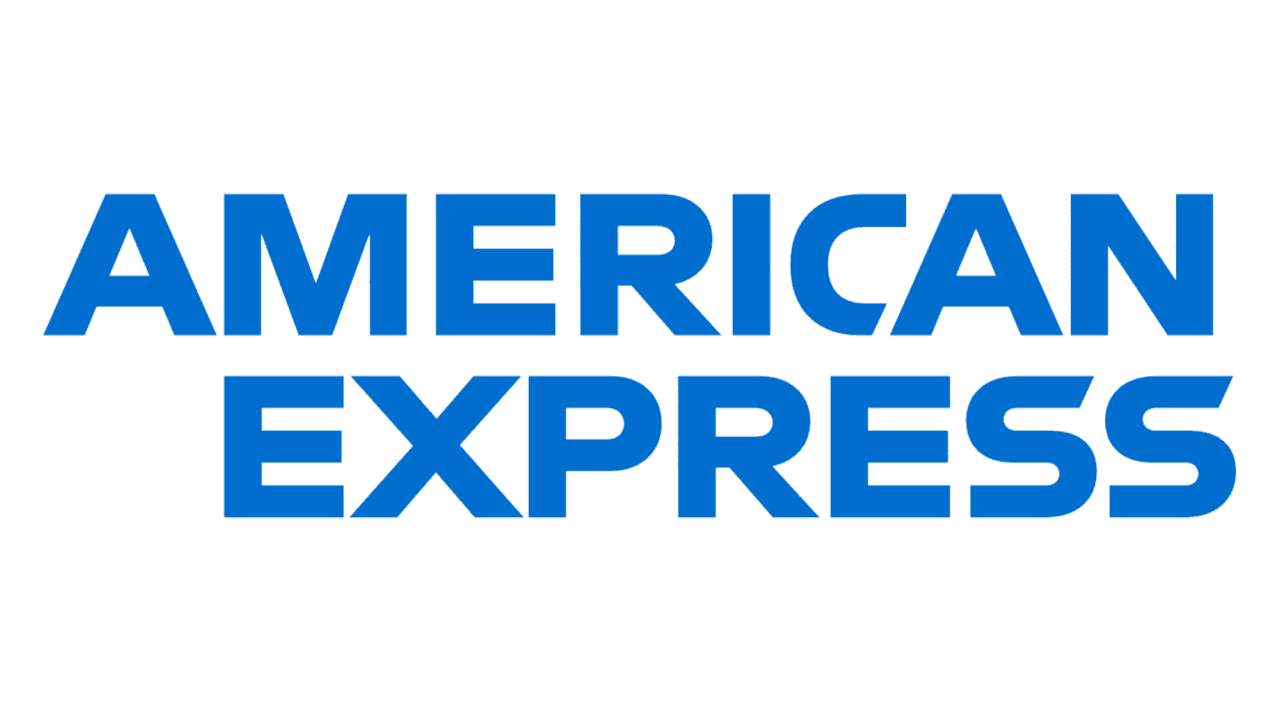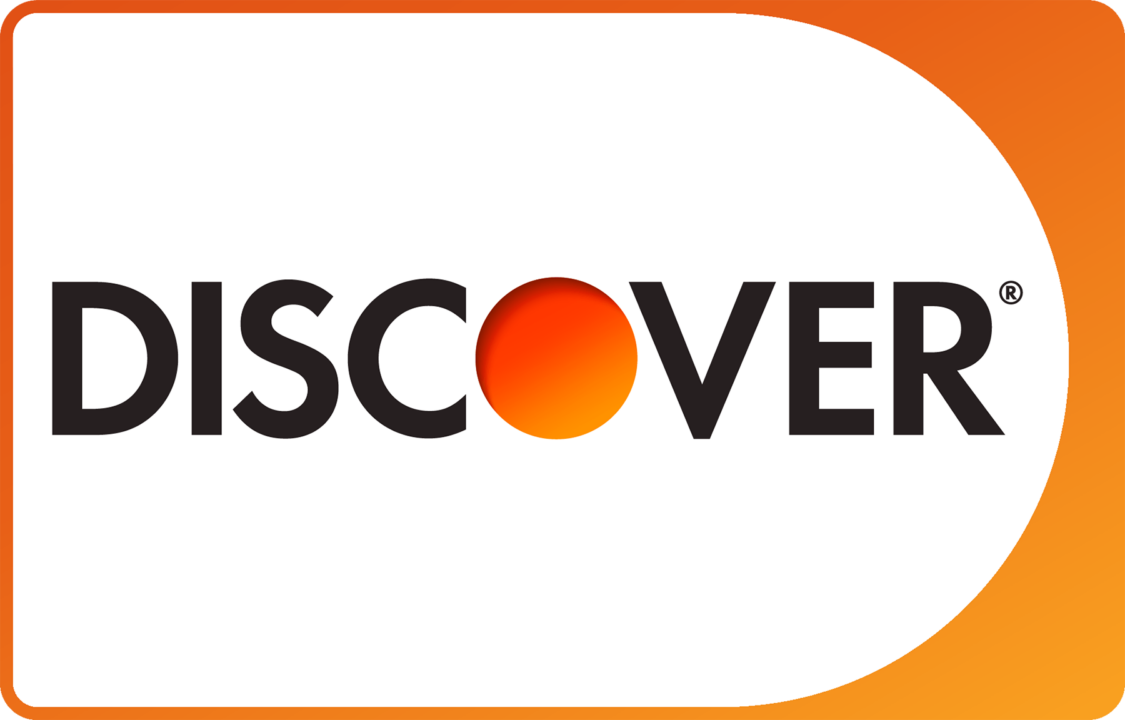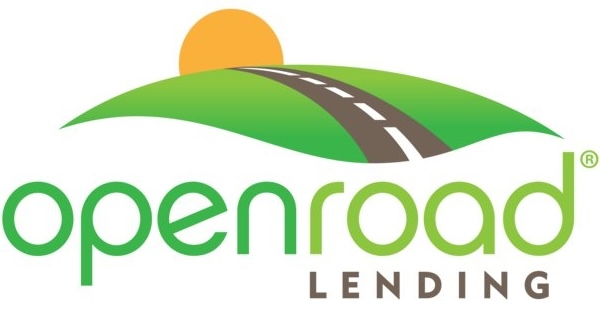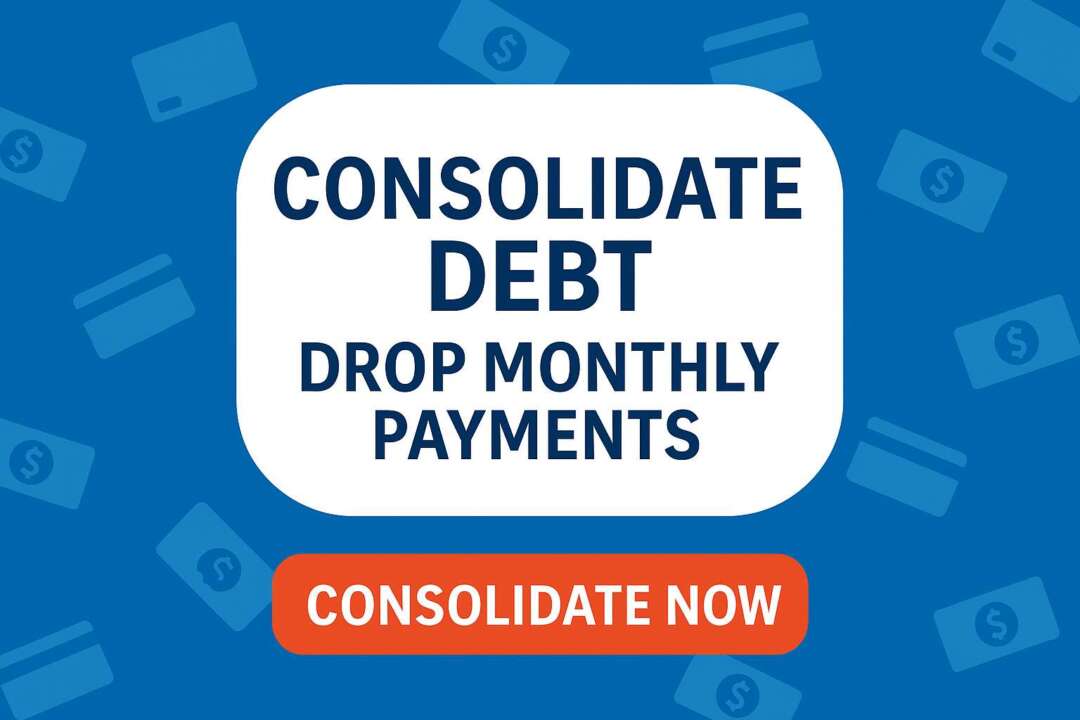
What is a personal line of credit?
A line of credit is a flexible borrowing arrangement that allows you to access funds up to a predetermined limit. Similar to a credit card, it gives you the freedom to borrow money as needed, but unlike a traditional loan, you’re not obligated to withdraw the full amount at once. With a line of credit, you can withdraw funds whenever you need them, up to the set limit.
How does a line of credit work?
A personal line of credit allows you to obtain approval for borrowing up to a certain amount. It does not require that you take the money immediately, or even all at once. The interest applies only to the borrowed amount, not the whole credit line. This setup offers flexibility without the commitment or expense of borrowing the entire approved sum upfront.
The following is an example of how this might work in practice. It’s based on a line amount of $10,000, a 7% interest rate, and a 2% principal paydown requirement:
| Month | Outstanding | Available credit | Draw this month | Interest charged | Principal payment required | Minimum payment due | Actual payment |
| Month 1 | $1,000 | $9,000 | $2,000 | $5.75 | $20 | $25.75 | $25.75 |
| Month 2 | $2,980 | $6,020 | $0 | $17.15 | $60 | $76.75 | $500 |
| Month 3 | $2,497.15 | $7,502.85 | $750 | $14.37 | $50 | $64.31 | $64.31 |
| Month 4 | $3,197.20 | $6,802.80 | $5,000 | $18.39 | $64 | $82.34 | $82.34 |
| Month 5 | $8,133.26 | $1,866.74 | $0 | $46.79 | $163 | $209.46 | $209.46 |
| Month 6 | $7,970.59 | $2,029.41 | $0 | $45.86 | $159 | $205.27 | $8,016.45 |
| Month 7 | $0 | $10,000 | $1,000 | $0 | $0 | $0 | $0 |
| Month 8 | $1,000 | $9,000 | $0 | $5.75 | $20 | $25.75 | $25.75 |
How do you pay back a line of credit?
With a line of credit, repayments function similarly to a standard loan. Each month, you’ll have a required payment that includes the interest incurred plus a portion to reduce the principal amount. Yet, because of the flexibility to draw or repay funds, your monthly payments will fluctuate based on your usage.
What is the repayment period ?
The payoff period for a line of credit varies based on your borrowing habits, payment amounts, and the minimum required to reduce the principal. Unlike a fixed-term loan, it does not have a predetermined duration, providing flexibility in repayment.
Do you pay principal?
A line of credit usually requires that each minimum payment includes more than just the interest owed. This means that making the minimum payment will help you pay off your loan over time. However, the principal pay down percentage is often very low which means that paying off your loan by making only the minimum required payments will take a very long time.
It is always advisable to make more than the minimum payment.
How does line of credit interest work?
When calculating the interest due on a line of credit, you only calculate the interest due based on the amount of money that has been borrowed.
For example, if the line of credit is for $10,000 but the borrower has only drawn down $1,000, the interest will be calculated against the $1,000. Suppose the annual interest is 7%. That means a monthly interest due would be $5.75. This is the daily interest times the number of days in the month times the average daily balance. Daily interest is calculated as 7% ÷ 365 = 0.019%. So, 0.019% × 30 X $1000 = $5.75.
What is a principal paydown for a line of credit?
A line of credit’s principal pay down is usually calculated as a percentage of the outstanding balance. A principal pay down could be as low as 2%, but some plans could be much higher, like 10%.
Calculating the principal paydown
Suppose you have been approved for a $10,000 line of credit with a principal pay down of 5%. At the time of your first statement, you have drawn down $1,000. Your principal pay down for your first payment would be $50. Of course, this would not be your total payment as fees and interest would be included. This would be your principal payment.
Do lines of credit have minimum payments?
Lines of credit do have a minimum payment due each month (or, in some cases, every other week), but the minimum will be variable based on the outstanding amount. The minimum payment for a line of credit is typically calculated based only on the amount that has been borrowed. This means your required payments adjust according to your outstanding balance.
What is the minimum payment
Unlike personal loans, mortgages, and car payments, lines of credit do not have a fixed payment. The payment depends on the outstanding balance. The minimum payment will comprise of interest charged and the required principal pay down percent, both calculated on the outstanding balance.
Calculating the minimum monthly payment
There are two components to a line of credit’s minimum monthly payment. The interest and/or fees associated with the outstanding and the principal pay down requirement.
Suppose you had a $10,000 line of credit with a 7% interest rate and a required 2% monthly principal pay down.
| Line amount | Outstanding | Interest rate | Principal paydown |
| $10,000 | $1,000 | 7% | 2% |
Currently, the outstanding is only $1,000 (which means $9,000 of the credit remains available). The monthly payment would include interest on the $1,000 for the month, which would be $5.75 (see above for the calculation) and 2% of the outstanding, which would be $20. The total payment would be $25.75.
If you did not draw down any additional funds, the next month your principal would be $980 and your total payment would be $25.43 ($19.80 in principal paydown + $5.63 in interest).
As you can see, the minimum payment can fluctuate based on the outstanding amount. This differs from a personal loan where the monthly payment remains fixed throughout the loan term.
What are the benefits of a line of credit?
A line of credit is one of the most flexible forms of credit because it gives you access to a credit line that you can pull from anytime without the need to seek additional approval. The benefits include:
Interest savings: You only pay interest on what you use, giving you the flexibility to borrow when necessary without immediate costs.
Single application: Once approved, a line of credit allows multiple withdrawals without reapplying for funds.
Controlled borrowing: It empowers you to borrow as needed, preventing excessive borrowing compared to lump-sum loans.
Emergency cushion: Provides a safety net for unexpected expenses, ensuring accessible funds.
Accelerated debt repayment: Allows aggressive debt payoff without fear of lacking funds for emergencies.
Credit score boost: Helps improve credit utilization and history by being listed as revolving credit, positively impacting your credit score. Making timely payments builds a positive credit record.
What are the disadvantages of a line of credit?
Some of the disadvantages of a line of credit include:
Uncertain payoff period: The lack of a defined term could lead to prolonged debt if only making minimum payments.
Ease of access can promote overspending: While convenient, having ready credit can encourage excessive borrowing without financial discipline.
Associated fees: Annual or maintenance fees, even with zero balance, could result in unnecessary expenses.
Potential credit score impact: High credit utilization from utilizing a significant portion of your credit line may negatively affect your credit score.
Payment planning challenges: Fluctuating monthly payments can pose difficulties in budgeting and planning.
What is the risk of a line of credit?
The risk of a line of credit is similar to the risk of any form of debt. If you over-extend yourself and struggle to make your payments, it could cause financial stress. The fact that the monthly payments will be different every month could make it harder to plan for the payments. The changing payment size could disrupt some of your careful financial planning.
How do you get a line of credit?
You apply for a line of credit in the same way you would apply for any form of credit. The application includes your credit report, proof of income, proof of identity, and a bank account in good standing. Aside from being approved for the credit, one of the biggest challenges of getting a line of credit is finding a financial institution that offers them. Many banks, credit unions, and non-bank lenders do not offer lines of credit, although they are becoming more popular in recent years.
What do people use a line of credit for?
The following are good examples of people who can benefit from a line of credit:
- People who repeatedly borrow money
- People who have uneven incomes
- Small business owners who need to make uneven purchases
- People who take out personal loans more than once a year
- People who are funding long-term projects that have costs that come over time
When should I use a line of credit?
The following are good examples of when it would be good to have a line of credit:
- When you are funding a project that have costs that will spread out over time
- When your income comes in uneven batches and your expenses are predictable
- When you want to avoid having to apply for loans repeatedly
What is a home equity line of credit or HELOC?
Home equity line of credit or HELOC is a line of credit secured by the title to your home. People usually get a HELOC to fix up or enhance their homes, but the money can also be used for other things.
What is the difference between a line of credit and a credit card?
A line of credit mixes a personal loan and a credit card. It’s similar to a personal loan because it offers money that can be used for anything. Yet, like a credit card, it’s an open line that can be used, paid off, and used again.
What is the difference between a line of credit and a loan?
The difference between a personal loan and a line of credit is that a line of credit is an open revolving form of credit. A personal loan involves a fixed amount with regular payments over a set period. In contrast, a line of credit allows using money bit by bit and stays open until it’s officially closed.
Personal loan vs. Line of credit
| Loan Type | Personal Loan | Line of Credit |
| Term | Fixed | Open |
| Flexibility | Low | High |
| Cost | Fixed | Variable |
| Convenience | Mixed | High |
| Predictable pay off | High | Low |
How does a line of credit affect my credit score?
There are a couple of ways that a line of credit can affect your credit score.
Payment history
The first is the same way any form of credit would affect your credit score when you make on time regular payments. Payment history is one of the most important components to a credit score and a line of credit can provide a long-term history of on-time payments. Unlike a personal loan where the payments stop when the loan is paid off, a line of credit can remain on a person’s credit report even when it’s paid off and then can be used again in the future.
Credit Utilization
The second way a line of credit affects one’s credit score is through utilization. Utilization is the percentage of a person’s approved line amount that they are currently using. Because a line of credit is a revolving form of credit it is part of the utilization calculation. For example, if you had a line of credit and had taken $1,000 out but your total line amount was $10,000 your utilization would be 10%. The lower one’s utilization is the better it is for their credit score.
What are the fees associated with a line of credit?
Not all lines of credit have the same fees and fee structure. However some of the fees associated with them include:
Interest: Interest is based on what you owe. It’s described as a yearly rate but calculated daily.
Carried balance fee: Sometime a carried balance fee on a specific date rather than interest. It’s still based on what’s owed.
Application fee: There might be an application fee when applying.
Transaction or cash advance fee: Withdrawing money might involve a cash advance fee. This is a small percentage of the amount you withdraw.
Late fee: If you don’t pay the minimum amount by the due date, many lenders charge a late fee.
Annual fee or maintenance fee: Sometimes an annual fee or a maintenance fee is required to keep the account open.
Additional costs for a home equity line of credit (HELOC) might include a title search, mortgage preparation and filing, and taxes since it’s tied to your home as security.
Is a line of credit secured?
A line of credit can be secured or unsecured. If it’s secured, it means an asset backs it up. If someone can’t pay, the lender might take that asset to cover the loss from the loan. The most common form of secured line of credit is a home equity line of credit (HELOC).
What does LOC stand for?
LOC is a common acronym for line of credit.














